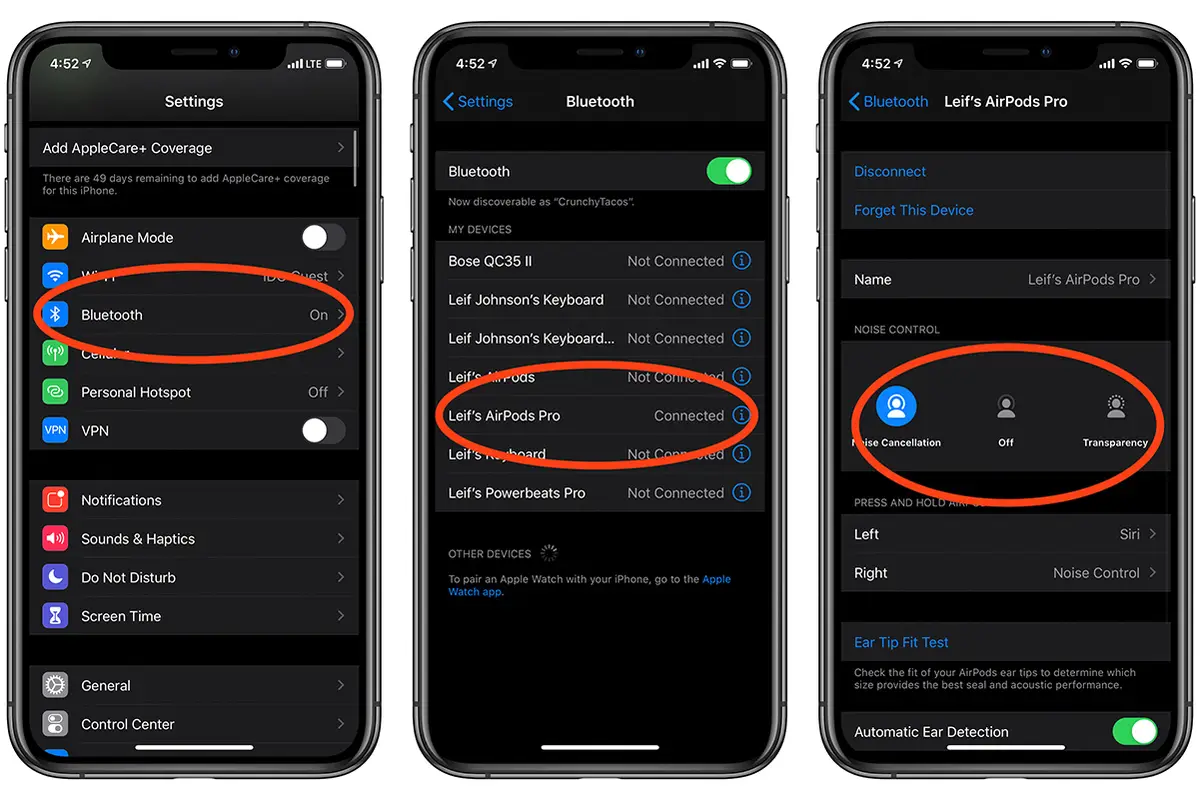When creating perfectly tailored garments, one of the key elements to consider is sleeve length. Achieving the ideal sleeve length ensures not only a polished appearance but also enhances overall comfort.
Whether you are a seasoned tailor or someone attempting to measure sleeves for the first time, this guide will walk you through the steps to achieve precision tailoring for a perfect fit.
Table of contents
Why is Knowing Your Sleeve Length Important?
Knowing your sleeve length is crucial for several reasons, as it directly impacts the overall fit and comfort of a garment. Here are some key reasons understanding and accurately measuring sleeve length is important:
- Appearance and Style: Proper sleeve length contributes significantly to the overall appearance and style of a garment. Too long or short sleeves can make the outfit look ill-fitted and untidy.
- Professionalism: Knowing and achieving the correct sleeve length demonstrates a commitment to a polished appearance, which can be particularly important in business or formal environments.
- Proportion and Balance: Sleeves that end at the appropriate length create a harmonious look, complementing the torso and trousers.
- Fashion Trends: Knowing your sleeve length allows you to adapt your wardrobe to current trends while maintaining a tailored and well-fitted look.
- DIY Tailoring: DIY projects rely on accurate measurements to achieve a professional-looking result, and sleeves are a key area that can make or break the success of a project.
Read This: How to Remove Window Tint: Expert DIY Tricks for Automotive Enhancements
How to Measure Sleeve Length
Follow our step-by-step guide to know how to measure your sleeve length and come up with the right outfit.
Start with a Baseline
- Begin with the person wearing a well-fitting shirt. This will serve as a baseline for measuring the sleeves accurately.
- Ensure the person stands comfortably with their arms relaxed at their sides.
Locate the Shoulder Point
- Identify the bony point at the top of the shoulder. This is your starting point for measuring sleeve length.
Measure from the Shoulder Point to the Wrist
- With the measuring tape, run it from the shoulder point down to the wrist. Follow the natural curve of the arm for a precise measurement.
- Make sure the tape is parallel to the ground to avoid inaccuracies.
Check for Flexibility
- Bend the elbow slightly while measuring to ensure the sleeve is long enough to accommodate movement without riding up the arm.
Record Measurements
- Note the measured length, and repeat the process for the other arm. It’s essential to measure both sleeves separately, as there may be slight variations between the two.
Adjust for Personal Preferences
- Consider the wearer’s preferences for sleeve length. Some individuals may prefer longer sleeves for a more relaxed look, while others may opt for a slightly shorter length for a contemporary style.
Tips for Measuring Your Sleeve Length
The following tips will help you take the correct measurement of your sleeve length.
#1. Rounding Up for Precision
Round up your shirt sleeve length to the nearest half-inch, especially if it falls within a quarter-inch margin. For instance, if your sleeve measures 33.25 inches, round up to 33.5 inches for a more accurate fit.
Different retailers may present sizes differently, so find the closest half-size or range, but always round up to ensure comfort and flexibility.
#2. Relax Your Body for Accurate Measurements
Ensure that you relax your neck, shoulders, and arms when taking measurements. Stiffness during measurement can result in a sleeve that is too short when you wear the shirt. Maintaining a relaxed posture provides more accurate sizing.
#3. Seek Assistance for Precision
Enlist the help of a friend when measuring. Aligning the measuring tape with the back of your neck or along your arm can be challenging to do alone. A friend’s assistance ensures more precise and reliable results.
Read: How to Draw a Bat: Artistic Sketching Steps
#4. Use a Well-Fitting Shirt as a Reference
If you already own a dress shirt that fits exceptionally well, use it as a reference. From the shoulder seams to the end of the cuff, put on the well-fitting shirt and measure the sleeve length.
This method allows you to determine the exact measurements that suit your preferences for an ideal fit.
What Tools Do I Need to Measure Sleeve Length?
Here’s a list of essential tools for measuring sleeve length:
- Measuring Tape:
- A flexible measuring tape is the primary tool for determining sleeve length. Choose a tape that is easy to handle and can conform to the curves of the arm for accurate measurements.
- Assistance (Optional):
- While not a tool, having someone assist you can make the process smoother, especially when measuring for custom or formal wear. An extra set of hands can help ensure the tape is straight and the measurements are precise.
FAQs
Measuring sleeve length is crucial for achieving a well-fitted garment. It ensures comfort, enhances the overall appearance, and contributes to a polished and professional look.
Yes, consider the design elements of the garment. Some styles may have specific sleeve lengths or cuffing requirements. Always refer to the pattern or design instructions for any additional measurements or adjustments.
Stay informed about current fashion trends that may influence sleeve lengths. However, ensure that the final measurements align with your personal preferences and maintain a well-fitted look.
Conclusion
Precision tailoring is the hallmark of exceptional garment construction, and achieving the perfect sleeve length is a crucial aspect of this craft. By following these steps and taking into account individual preferences and design elements, you can create garments that not only fit impeccably but also showcase your commitment to the art of tailoring.
References
Recommendations
- How to Clean Hair Brushes Properly: Tips and Tricks on Haircare Maintenance
- How to Roller Skate: Thrilling Guide for Gliding on Wheels
- How to Draw a Tiger: Captivating Techniques for Ferocious Artistry
- How to Pass a Mouth Swab Drug Test: Strategic Methods for Clear Results
- How Much Lip Fillers Cost and What to Expect: Unraveling Beauty Investments






